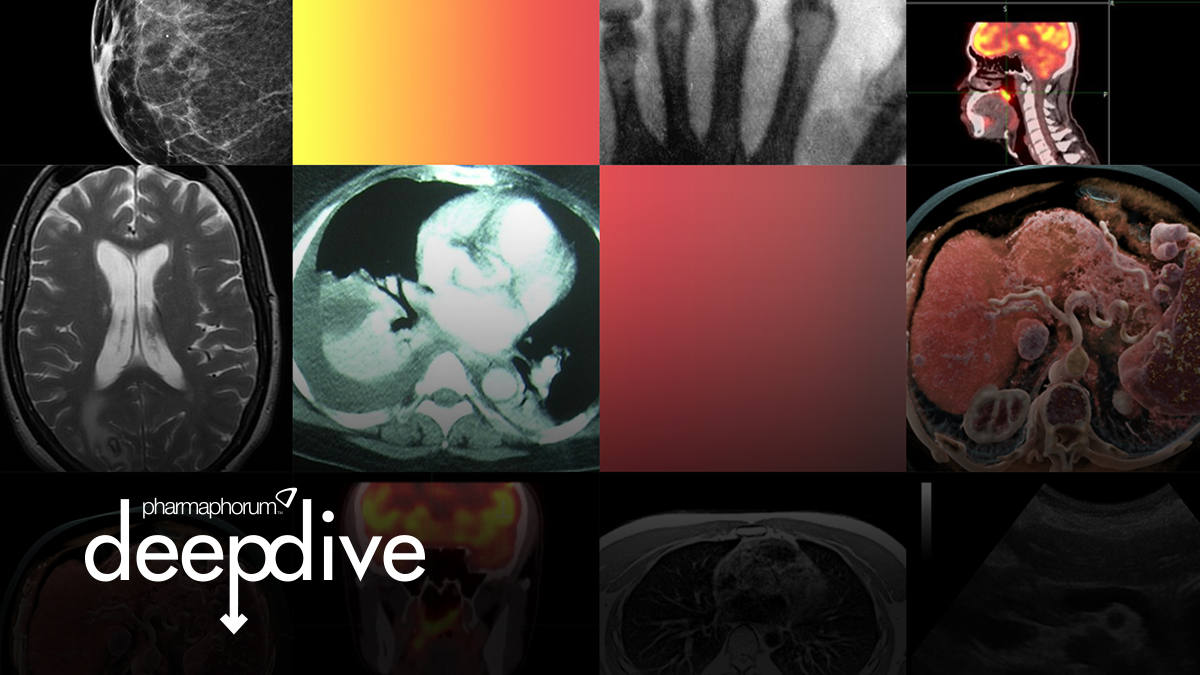Timeline: a history of medical imaging

Today, medical imaging technologies such as X-ray and MRI machines are so ubiquitous across healthcare settings that it is difficult to imagine a life without them. The contributions of these machines and techniques to the advancement of medicine is undoubtable, from the early days of the humble microscope to the futuristic possibilities of patient-specific 3D modelling, the history of medical imaging is both rich and eventful.
As we look ahead to another year of innovation and developments yet to come, we remember the dedicated few who proved that medicine is more than skin deep, by providing an ever-deeper view into the human body.
1895 Wilhelm
Roentgen accidentally discovers X-rays
Although early references to what we now understand to be X-rays can be traced back to 1785, when the ‘father of modern actuarial science’ – Welsh physician, physicist, and statistician, William Morgan – recorded an "invisible light", produced when a current is passed through an experimental discharge tube. But it wasn’t until 1895 that this radiation would be given its famed moniker: X-rays.
Official discovery of X-rays is commonly attributed to German physics professor, Wilhelm Roentgen, who – somewhat accidentally – stumbled across the radiation while testing to see whether cathode rays could travel through the glass of Lenard and Crookes tubes. There is some debate as to the specific details of the discovery, as Roentgen instructed that his lab notes be burned upon his death, however, the likely story presented by his biographers is that, during one such experiment, Roentgen noticed that an unidentified ray was escaping from beneath the black cardboard covering his cathode tube, causing a nearby fluorescent screen painted with barium platinocyanide to glow green.
• Read the full article in pharmaphorum's Deep Dive digital magazine













